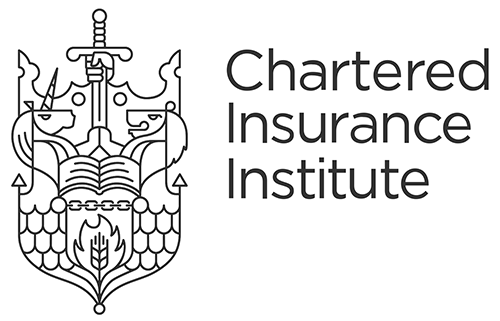

L&D practitioners, Office managers with L&D responsibilities
Guidance on using the Professional Map to evaluate knowledge and skills transfer
The Professional Map provides an objective benchmark to assess behaviour change
During the performance and development cycle
Evaluation of training interventions can focus on measuring different aspects, including:
This help sheet focuses on using the Professional Map to measure knowledge and skill transfer, i.e. to what extent have your training interventions positively influenced the behaviour of participants in the way they conduct their jobs.
To effectively evaluate the knowledge and skills transfer of your learning and development interventions, you first need to identify the training needs of your organisation and agree what measures of success will look like, e.g. which competencies you would like to see improve, by who and by how much.
You can refer to the Developing my team help sheet to learn how to use the Professional Map to carry out competency-based training needs analysis and plan the development of your teams.
Once you’ve established the training needs of your workforce you will prioritise which competency standards you are going to invest in developing based on the strategic priorities of your firm.
You should also ensure you have quantified the value you expect your training results to deliver for, as you will need this information to establish the return on investment.
Select from the Professional Map the competency standards your training interventions are targeting.
These are the metrics you will use to evaluate the extent to which skills and knowledge have been transferred back into roles and work areas.
Collect pre-training data against the competency standards identified in step 1 as a baseline measure that allows you to compare metrics before and after training.
You can do this through the CII’s self-assessment tool, conducting interviews or evidence you have collected through the performance management cycle.
This stage should take place a while after the training has been completed, as it can take weeks for employees to build confidence or have the opportunity to apply their knowledge. Here you try to assess whether the participants put what they learned into practice in their roles by assessing behaviour change.
This can be done either by asking participants to complete self-assessments or by asking their supervisor to formally assess them against the competency standards you have selected in step 1.
Compare the outputs of steps 2 and 3 to identify whether there has been any positive behaviour change as a result of the training interventions.
At this stage, you will also have to determine whether any change in behaviour is due to the training alone and consider all the key factors that might have contributed to the performance improvement.
Explore the technical expertise and behaviours at the core of what it means to be a well-rounded professional.
Find the learning you need to meet the development goals of your teams.